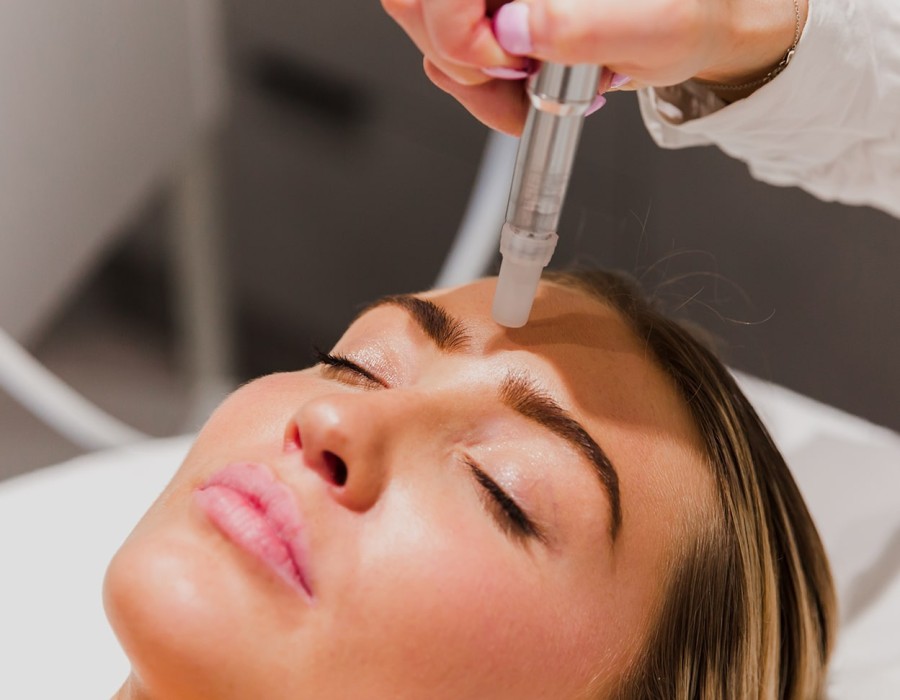Pico laser treatment is a popular and effective option for skin rejuvenation, tattoo removal, and addressing pigmentation issues. While it is generally considered safe, like any cosmetic procedure, it can come with some side effects. Understanding these potential side effects and how to manage them can help ensure a smooth recovery and optimal results.
Common Side Effects of Pico Laser Treatment
1. Redness and Swelling
Description: Following Pico Laser Dubai, it is common to experience redness and swelling in the treated area. This reaction occurs as the skin responds to the laser's energy.
Management:
- Ice Packs: Apply cold compresses or ice packs to the treated area for 10-15 minutes at a time to reduce swelling and soothe the skin.
- Avoid Heat: Refrain from hot showers, saunas, or intense workouts for the first 24-48 hours post-treatment to minimize further irritation.
2. Sensitivity and Discomfort
Description: Some patients may experience sensitivity or mild discomfort, akin to a sunburn, after the procedure.
Management:
- Topical Anesthetics: If needed, over-the-counter pain relief creams or gels can be applied to the area.
- Pain Relief Medication: Consult your practitioner about taking mild pain relief medications, such as ibuprofen or acetaminophen, if discomfort persists.
3. Dryness and Flaking
Description: The treated skin may become dry or flaky as it heals. This is a normal part of the skin renewal process.
Management:
- Moisturizers: Use a gentle, hydrating moisturizer to keep the skin supple and alleviate dryness.
- Avoid Exfoliation: Do not use exfoliating products or treatments until your skin has fully healed to prevent irritation.
4. Crusting and Scabbing
Description: In some cases, small crusts or scabs may form on the treated area as the skin heals.
Management:
- Leave Scabs Intact: Do not pick at or remove scabs, as this can lead to scarring or infection.
- Keep Clean: Gently cleanse the area with mild soap and water to prevent infection, and apply an antibiotic ointment if recommended by your practitioner.
5. Changes in Skin Pigmentation
Description: Some patients may notice temporary changes in skin pigmentation, including lightening or darkening of the skin in the treated area.
Management:
- Sun Protection: Use broad-spectrum sunscreen with at least SPF 30 to protect the treated area from UV exposure, which can worsen pigmentation changes.
- Follow-Up Care: Consult your practitioner if pigmentation changes persist, as they may recommend treatments to help restore normal skin tone.
6. Allergic Reactions
Description: Although rare, some individuals may experience allergic reactions to products used during or after the treatment.
Management:
- Patch Test: Discuss the possibility of a patch test for new skincare products with your practitioner before using them post-treatment.
- Seek Medical Attention: If you notice severe itching, rash, or swelling beyond normal reactions, contact your healthcare provider immediately.
7. Infection
Description: While the risk is low, any procedure that affects the skin can carry a risk of infection.
Management:
- Keep Area Clean: Maintain good hygiene by gently cleaning the treated area as advised by your practitioner.
- Monitor Symptoms: Look out for signs of infection, such as increased redness, swelling, pus, or fever. If these occur, seek medical attention promptly.
Conclusion
While Pico laser treatment is generally safe and effective, it is essential to be aware of the common side effects and how to manage them. By following post-treatment care instructions and maintaining good skincare practices, you can minimize discomfort and promote healing. Always consult your practitioner if you have any concerns or experience unexpected reactions during your recovery. With proper care, you can enjoy the benefits of rejuvenated skin and improved appearance following your Pico laser treatment.





Comments